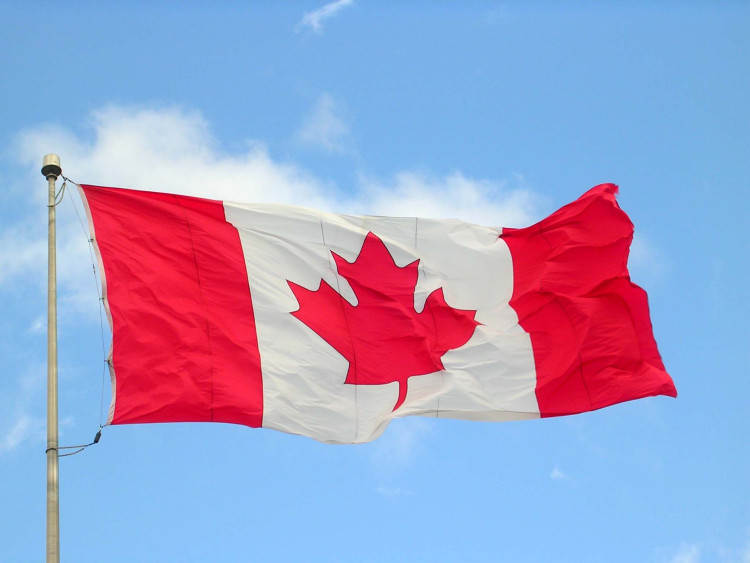An International Atomic Energy Agency (IAEA) team of experts said Canada has a comprehensive and robust regulatory framework for nuclear and radiation safety. The team also encouraged continued efforts to further align regulatory policies with the IAEA safety standards.
The Integrated Regulatory Review Service (IRRS) follow-up mission was conducted from 4 to 10 June at the request of the Government of Canada and hosted by the Canadian Nuclear Safety Commission (CNSC). The team found that Canada has addressed most of the four recommendations and 16 suggestions made during the initial IRRS mission in 2019.
Using IAEA safety standards and international good practices, IRRS missions are designed to strengthen the effectiveness of the national legal and regulatory infrastructures while recognizing the responsibility of each country to ensure nuclear and radiation safety.
The IRRS team – comprised of 7 regulatory experts from 7 IAEA Member States, and three IAEA staff members – met with the CNSC and other representatives from Natural Resources Canada and Health Canada at CNSC headquarters in Ottawa during the seven-day follow-up mission.
Canada has a comprehensive nuclear safety regulatory framework covering facilities and activities. Its 19 operating nuclear power reactors – situated at four sites – generate about 13 per cent of Canada’s electricity. Canada also has uranium mines and mills, processing and fuel fabrication facilities, and waste storage sites. Canada also uses radiation sources in medical, industrial, scientific, and research applications, and has five research reactors.
The IRRS team said Canada strives to continuously upgrade its regulatory framework to address new challenges and upcoming technologies such as the development of small modular reactors and repositories for radioactive waste.
“The team recognizes the hard work and progress in strengthening the regulatory framework on nuclear, waste, and transport safety in Canada,” said Mission Team Leader, Ritva Bly, Principal Advisor, Finnish Radiation and Nuclear Safety Authority, STUK. “The joint efforts of CNSC, Natural Resources Canada, and Health Canada have further enhanced radiation safety.”
The CNSC human resources plan was recognized as a good performance. The team said it clearly and transparently addresses challenges and risks and includes a wide range of diverse strategies and actions, as well as performance indicators to track and measure outcomes in line with the organization's strategic objectives.
Of the 4 recommendations and 16 suggestions made in 2019, 2 recommendations and 10 suggestions have been closed. Notable achievements have been made in:
- The radioactive waste management framework through the publication of the Integrated Strategy for Radioactive Waste and the revision of Canada’s Policy for Radioactive Waste Management and Decommissioning.
- The conduct and processes for inspections of facilities and activities through further formalization of the CNSC programme guidance.
- The consolidation of CNSC’s safety policy elements and the development of a process for performing regulatory policy review and analysis.
- The revision and publication of regulatory and guidance documents in the areas of the transport of nuclear and radioactive materials and fuel cycle facilities, so that they are consistent with IAEA safety standards.
The team highlighted the remaining areas identified by the initial mission for alignment with the IAEA safety standards. These areas include:
- Explicit justification of facilities and activities whereby radiation risks must be considered in terms of the overall benefit, in line with IAEA safety standards;
- Full alignment of Radiation Protection Regulations with IAEA safety standards;
- Implementation of constraints on dose or on risk, to be used in the optimization of protection for members of the public for nuclear facilities.
Speaking at the closing session of the mission, Anna Hajduk Bradford, Director of the IAEA Division of Nuclear Installation Safety, emphasized the collaborative spirit of the mission. “This comprehensive review underscores the commitment of Canada to enhancing its nuclear and radiation safety measures,” she said. “I commend Canada for requesting the mission.”
“The comprehensive review conducted by the IAEA IRRS team during this follow up mission has validated the effectiveness of Canada’s regulatory framework for nuclear and radiation safety,” said Ramzi Jammal, acting Chief Executive Officer of the Canadian Nuclear Safety Commission. “More importantly, the resulting assessment from this diverse team of nuclear and radiation safety experts has provided us with different views and perspectives to help ensure our standards remain aligned with international best practices. The hard work we dedicated toward closing the mission’s recommendations and suggestions led to many enhancements, including the modernization of our radioactive waste management and decommission policy, a testament to our commitment to enhancing the safety, security and safeguard frameworks in Canada.”
The final mission report will be provided to the Government in about three months.
IAEA safety standards
The IAEA safety standards provide a robust framework of fundamental principles, requirements and guidance to ensure safety. They reflect an international consensus and serve as a global reference for protecting people and the environment from the harmful effects of ionizing radiation.


